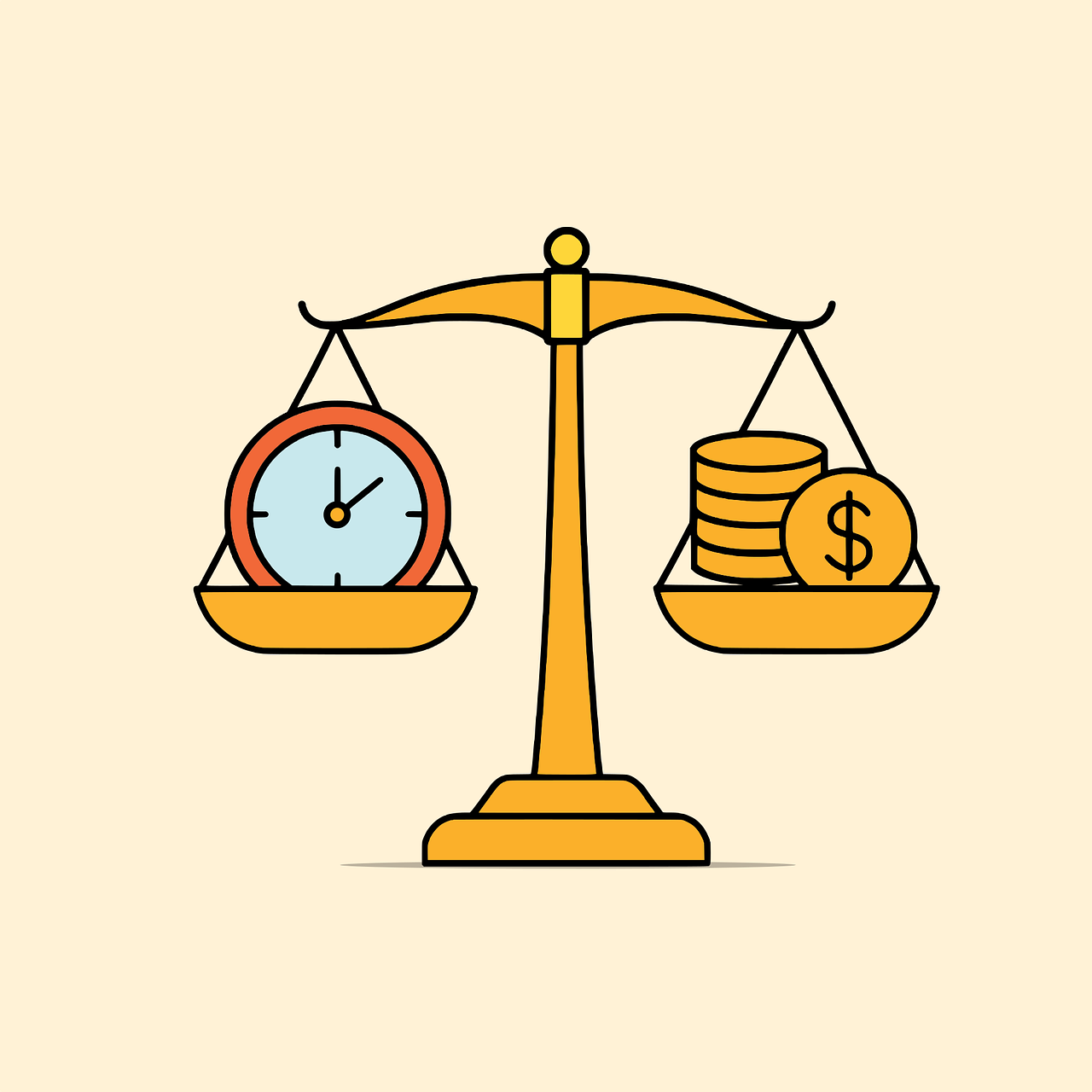What comes to your mind when you think about retirement savings? Are you curious about how many retirees have managed to accumulate a nest egg of $1 million? Planning for retirement can often feel like navigating a complex maze, and understanding the financial benchmarks others have reached can provide some clarity and motivation on your journey. Let’s explore the numbers and insights around retirees who have amassed $1 million for their golden years.
Why a Million Dollars Matters
The million-dollar threshold often represents a significant milestone in retirement planning, serving as a psychological benchmark for financial security. But why is this figure so crucial?
Financial Freedom and Security
Having a million dollars in savings can mean the difference between financial freedom and constant financial worry for many retirees. This level of savings can provide a stable income stream, reduce anxiety about outliving funds, and offer flexibility to pursue personal interests and passions without financial constraints.
Inflation and Cost of Living
As inflation erodes the purchasing power of money over time, a million dollars provide a buffer against these erosive forces. It helps maintain a standard of living as costs increase, ensuring that you don’t have to drastically change your lifestyle during retirement.
The Current Landscape of Retirement Savings
Understanding where others stand in their retirement savings journey can provide context and a benchmark for your planning. Let’s look at how many have reached the million-dollar mark and what factors contribute to their success.
The Statistics: Breaking Down the Numbers
To get an accurate picture, we need to examine data from various sources like government reports, bank studies, and private financial surveys. Here’s a general look at the numbers:
| Description | Percentage of Retirees |
|---|---|
| Retirees with less than $500,000 | Approximately 50% |
| Retirees with $500,000 – $999,999 | Roughly 30% |
| Retirees with over $1 million | About 20% |
Delving Into the Wealth Spectrum
These statistics reveal a significant disparity in retirement savings. Roughly 20% have been able to accumulate over $1 million, showcasing their successful financial planning and possibly higher lifetime earnings or strategic investment choices.
Factors Leading to $1 Million Savings
Several factors influence an individual’s ability to reach the million-dollar mark:
Income and Earnings Potential
Higher lifetime earnings often correlate with higher retirement savings. Individuals with well-compensated careers or dual-income households may find it easier to save substantial amounts.
Investment Strategies
Informed investment choices, such as diversified portfolios and tax-advantaged accounts like 401(k)s and IRAs, can play a critical role in accumulating wealth.
Saving Habits
Consistent saving habits, starting from an early age, significantly impact the ability to reach a million dollars. Those who develop saving as a discipline tend to do better financially over the long term.

This image is property of images.unsplash.com.
The Importance of Starting Early
Saving for retirement is a marathon, not a sprint. Understanding the power of compound interest and the benefits of starting early can enhance your financial outcomes.
Compound Interest: Your Wealth Multiplier
Compound interest allows your investments to grow exponentially over time, earning returns on both principal and accrued interest.
Case Study: Early Saver vs. Late Saver
Consider two individuals:
- Early Saver starts saving $5,000 annually at age 25 and stops contributing at 35, allowing the savings to grow until retirement at 65.
- Late Saver starts contributing $5,000 annually at age 35 until age 65.
Assuming an annual return of 7%, the Early Saver will have amassed significantly more money by retirement than the Late Saver, despite contributing for fewer years.
Identifying Roadblocks to Reaching the Million-Dollar Mark
Understanding the challenges that prevent some from reaching a million dollars can help in navigating these hurdles effectively.
Common Financial Pitfalls
- Consumer Debt: High-interest debt such as credit cards can impede saving efforts.
- Healthcare Costs: Unplanned medical expenses can erode savings quickly.
- Market Volatility: Economic downturns and market instability can upset investment portfolios.
Addressing Challenges
It’s important to develop an adaptable financial plan that includes an emergency fund, debt management strategies, and a diversified investment portfolio to mitigate these risks.

This image is property of images.unsplash.com.
Tailoring Strategies for Every Stage of Life
Whether you’re just starting your career or nearing retirement, tailored strategies can help strengthen your financial position.
Early Career: Laying the Foundation
Start with consistent contributions to retirement accounts, taking advantage of employer matches and tax breaks. Focus on building a robust emergency fund to handle unforeseen costs without disrupting your savings plan.
Mid-Career: Building and Protecting
During peak earning years, prioritize increasing contributions and optimizing investment allocations. Consider seeking professional financial advice to refine and protect your strategy.
Pre-Retirement: Securing Your Future
As retirement approaches, shift focus towards preserving capital and optimizing income streams. Reassess your financial situation regularly to ensure alignment with retirement goals.
Social Security and Pension Plans: Supplementary Resources
While personal savings play a vital role, Social Security and pension plans are key components of retirement income for many.
Understanding Social Security Benefits
Social Security can provide a foundational income stream, but it’s generally not sufficient for maintaining a comfortable lifestyle on its own. Understanding how benefits are calculated and when to claim them can significantly impact your overall retirement income.
Evaluating Pension Plans
For those eligible, pension plans can offer another secure income source. Understanding the terms and payout options of your plan is essential for optimal utilization.
This image is property of images.unsplash.com.
The Future of Retirement Savings
With shifting demographics and evolving economic conditions, the future of retirement savings could change. Remaining informed is crucial for future planning.
The Role of Technology
Innovative financial technologies and tools are helping individuals better manage and track their retirement savings.
Legislative Changes
Keeping abreast of any potential changes in retirement-related laws and policies can prepare you to adjust strategies as needed.
Crafting Your Path to a Million-Dollar Retirement
Setting a realistic and well-thought-out plan that reflects your lifestyle, needs, and goals is vital. Regularly reviewing and adjusting your strategy ensures you remain on track.
Personalized Planning
Working with a financial advisor can provide personalized guidance and strategies that align with your unique circumstances and aspirations.
Final Thoughts
While reaching a million dollars for retirement might seem daunting, informed planning, strategic saving, and smart investing can bring it within reach. Your journey to financial security could begin today by taking consistent and intentional steps toward your retirement goals.




































































